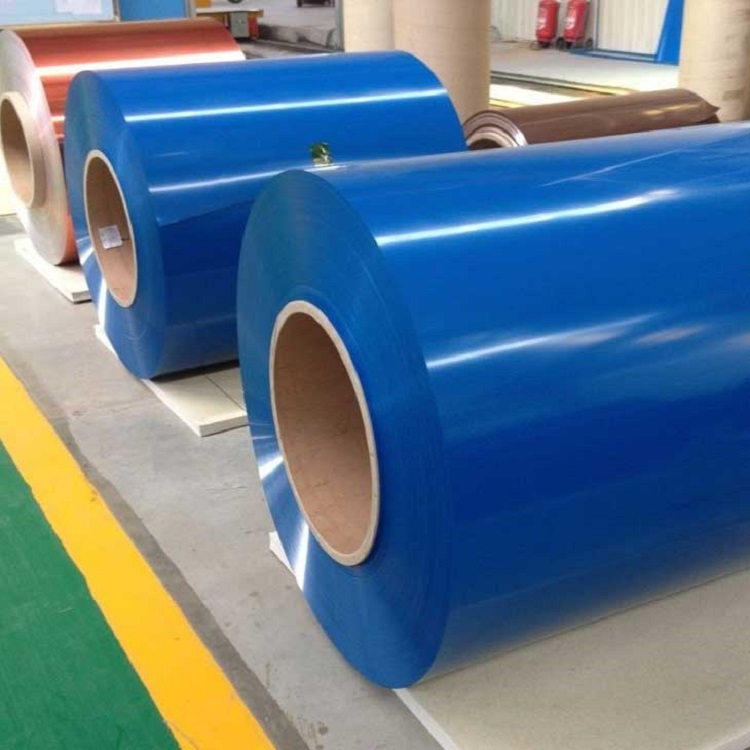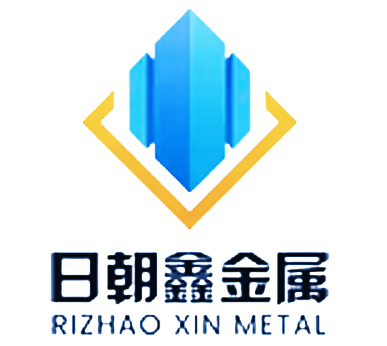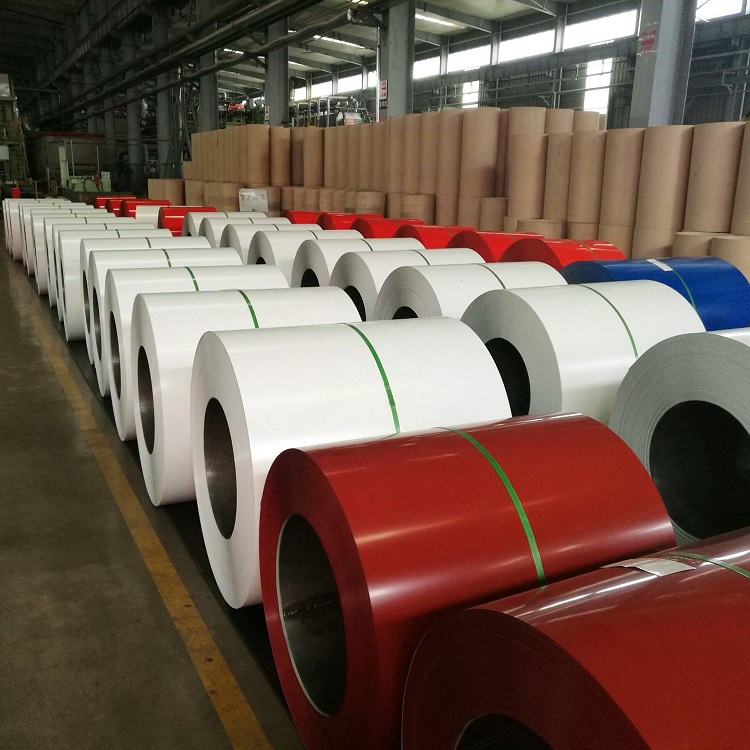What is color coated board?
Color-coated steel sheets are also called coated sheets and color-coated steel sheets. They are based on metal coils (cold-rolled sheets, hot-dip galvanized sheets, aluminized sheets, high-aluminum alloy sheets, stainless steel sheets, etc.) and are coated or layered on the surface. It is made by pressing various organic coatings or plastic films. Since it is a coil with surface coating completed in a metallurgical factory, it is available to users
It is directly processed into products, so it is also called pre-coated steel coil.

Usage: Industrial plants, stadiums, airports/stations, indoor partitions, warehouses, elevators, metal curtain walls, etc.
The structure of color coated steel board
Topcoat: Blocks sunlight and prevents ultraviolet rays from damaging the coating; when the topcoat reaches the specified thickness, it can form a dense shielding coating to reduce water and oxygen permeability
Primer: It is beneficial to strengthen the adhesion to the substrate, making it less likely for paint detachment to occur after the paint film is water-permeable. It also improves corrosion resistance, because the primer contains corrosion-inhibiting pigments, such as chromate pigments. Passivate the anode and improve corrosion resistance
Coating: Generally galvanized or galvanized, this part has the greatest impact on the service life of the product. The thicker the coating, the better the corrosion resistance.
Substrate: Generally cold-rolled plate. Different strengths determine the mechanical properties that the color-coated plate can withstand.
Back paint: The function is to prevent the steel plate from corrosion from the inside. It is generally a two-layer structure (2/1M or 2/2, primer + back paint). If the back needs to be bonded, it is recommended to use a single-layer structure (2/1)

